Violations against children
The historical report “The Impact of Armed Conflict on Children”, presented in 1996 to the UN General Assembly, drastically changed the outlook on the situation of children during armed conflict and demonstrated the devastating impact of wars on their rights. According to the author of the report, Ms. Grace Machel:
“The physical, sexual and emotional violence to which they [children] are exposed shatters their world. War undermines the very foundations of children’s lives, destroying their homes, splintering their communities and breaking down their trust in adults.”[1]
Twenty years later and despite the progress achieved, the Special Representative of the UN Secretary-General for Children and Armed Conflict, Ms. Leila Zerrougui, still regards children as the principal victims of modern wars and calls upon member states to designate the protection of children as a priority in peace and security. According to Ms. Zerrougui, the scale of suffering and violation are:
“Directly related to the denigration of respect for international humanitarian and human rights law by parties to conflict.”[2]
Each publication on this website, in one way or another, highlights violations of the rights of children in the context of the armed conflict in the North Caucasus. This publication provides a complete picture of the violations of children’s rights in the region and in the Chechen Republic, by presenting the specific relevant statistics and general trends. In this respect, the Natalia Estemirova Documentation Center Database (hereinafter the Database) already contains verified information concerning children affected by the conflict. The violations against children include, among others, killings, kidnappings, disappearances and torture. The gathering of statistics in relation to the victims of violations of the right to property or respect for private and family life still continues. Consequently, this publication is divided into two parts. The first part examines the victims that have already been registered in the Catalogue of the Database while the second presents preliminary statistics and accounts relating to children who have not yet been fully verified for the purposes of the Database. It is important to consider both classifications in order to understand the scale and specificities of the violations against all victims registered in the Database.
Violations against children among the verified number of victims
The victims registered in the Catalogue of the Database have been thoroughly verified against all information sources, meaning that the available information is as complete and reliable as possible. Thus, the Catalogue contains information relating to at least 934 minors under the age of 17 who have been affected by the conflict in the entire region. The majority of these victims, that is 826 children, suffered violations within the Chechen Republic.[3] The Database has made it possible to further group and register these victims separately as adolescents and children under the age of 14, the latter group being particularly vulnerable and helpless in armed conflicts. Chart 1 breaks down the number of affected children by age, revealing that 526 victims in Chechnya (64%) were registered as adolescents, with the corresponding 36%, that is 300 victims, to be young children under the age of 14.
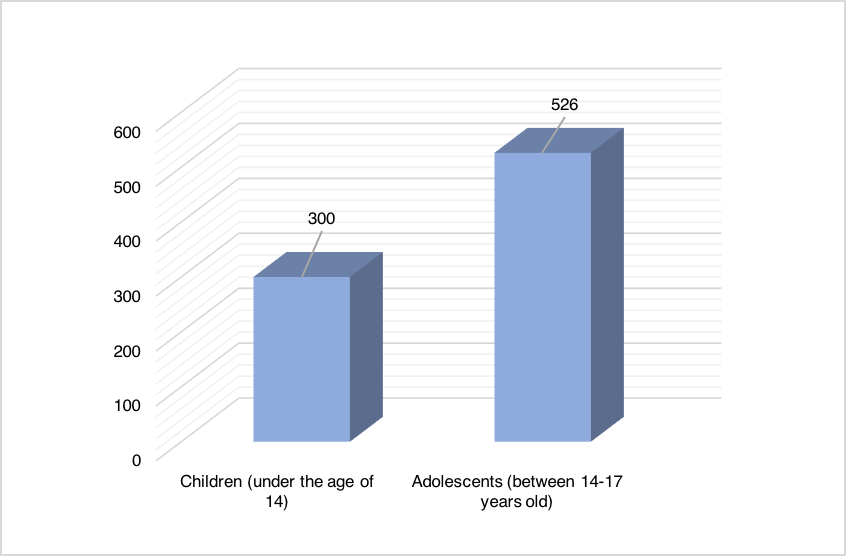
Chart 2 below further reveals that, of the total number of children affected by the conflict in Chechnya, the number of affected boys (619) is at least three times greater than the number of affected girls (207). This is down to the perception that boys, especially adolescents, could be potential combatants and therefore were considered threats and targets in the war. While a small number of children did participate in the armed conflict in Chechnya (according to the Database, at least six adolescents took part in hostilities), the vast majority of the victims, that is 805 children or 97%, were civilians. In the case of 15 victims, no precise status could be determined.
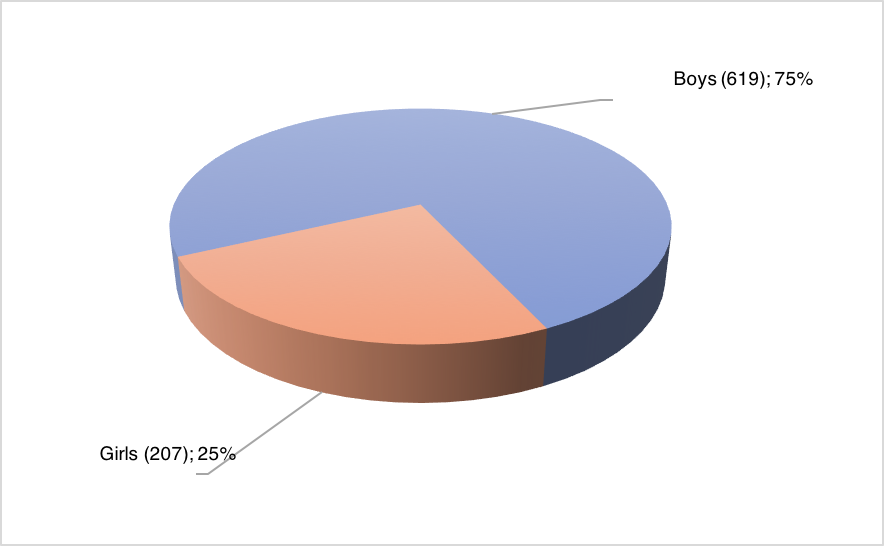
As the statistics generated in the Database reveal, the overwhelming majority of the civilian child victims in Chechnya (627 children under the age of 17) suffered as a result of actions conducted by military personnel or forces acting in their interests. The most devastating circumstances under which violations by the military were committed were sweeping and special operations, so-called zachistkas, which left231 child victims, as well as bombings and shelling incidents which left 174 such victims. For example, on 7 October 1999, at least 95 people were injured during the bombing of the village of Elistanzhi by the Russian Air Force. The village, which did not harbor any military facilities and instead homed several internally displaced persons, was attacked with missiles and aircraft bombings by the Russian Air Force. Among the identified victims were at least 16 children, 13 of which died as a result of the injuries sustained. Others suffered severe lacerations and shrapnel wounds; the youngest of the victims, an 11-month-old boy, was shell-shocked and left deaf. Most likely, the total number of victims, including children, is higher than that currently registered in the Database, however, because the incident occurred in the beginning of the second military conflict in a remote region of the Republic, human rights defenders have not been able to collect all information relating to it. As a result of the attack, a school and private households in the village were destroyed. According to the head of the surgical department of the Shali Central District Hospital to which the survivors were taken for treatment:
“The whole hospital provided help, the whole hospital. All nurses, auxiliary nurses and doctors from all departments were there. Doctors who were at home were called on duty. Chief and deputy chief physicians arrived. It was a horrific day, indeed!”[4]
The parents and relatives of the victims stressed that in addition to the physical injuries sustained, the children who survived the bombardment also suffered severe psychological trauma.
In another case, during a zachistka of the village of Tsa-Vedeno on 27 December 2000, the military blockaded the entire village and began to open fire indiscriminately. The special operation, officially aimed at the destruction of armed gang groups, resulted in mass violations of the rights of civilians. According to eyewitnesses, the illegal detention of adolescents was conducted on a mass scale. The corpses of three adolescent boys previously kidnapped by the military were found bearing signs of torture during the second day of their search.[5]
Chart 3[6] shows the most common violations committed against children among the verified number of victims. The statistics of the Database indicate that at least every second child victim of the conflict (that is 447 children) under the age of 17 in Chechnya either died or disappeared. 257 children were unlawfully arrested or kidnapped. Other violations resulted in 101 children becoming victims of torture and ill-treatment, 204 children’s physical health was seriously affected and 122 children had their sense of security destroyed as their home was illegally invaded.

The Database contains information relating to the particularly inhumane deaths of at least 18 children under the age of 17. One such victim was an 11-year-old boy from the village of Kurchaloy. On the evening of 7 June 2001, the boy asked his mother for four rubles and ran towards a food kiosk to buy himself some chewing gum before the kiosk closed. In a hurry, the boy dropped the money and as he was searching for it a shot from a rifle-fired grenade was fired from the side of a Russian roadblock. One of the fragments of the exploded grenade shattered the bone in the child’s left leg, and another struck his head with a fatal wound. According to the official version of events which was circulated in the media, the boy had blown himself up while installing a mine. The child’s teachers, however, explained how the boy had been a distinguished student possessing diligence and knowledge and had graduated from the first four classes of the local school.[7]
It should also be noted that the Database contains information about at least 28 children who were injured in Chechnya at the hands of militants. Often, they were not the main target of the attacks, however they suffered the consequences of the violations nonetheless. For example, on 29 September 2005, a police car was shelled in Grozny. As a result of the attack, four people were killed, including two girls aged three and nine years old. The girls were the daughters of a local police officer who happened to be in close proximity to the crime scene at the time.[8]
With respect to 152 children under the age of 17 who were victims of the armed conflict, there is no information about the perpetrators.
Thus, based on the above cases and statistics, it can be concluded that the rights of children in the Chechen Republic were violated to a similar extent as the adult population during the conflict. Moreover, children did not enjoy any special status or protection despite the vulnerability owing to their age and status.
Violations against children among the unverified number of victims
In addition to the victims verified in the final Catalogue, the Database contains information about violations against children that are still undergoing the verification process and are still being counted. It should be noted that the same victims may have been registered from different information donors therefore obscuring the exact number of victims, which can only be determined after the profiles have been thoroughly verified. Accordingly, the Database currently contains information concerning 955 unverified victims under the age of 17 of the war in Chechnya.
The table below displays information about the sources/information donors that have provided data relating to these, as yet, unverified victims. The materials are processed both in Russian and in English and are checked against all data sources.
Chechen Committee for National Salvation | 87 |
European Court of Human Rights | 243 |
Human Rights Watch | 24 |
Interregional Committee against Torture | 1 |
Memorial Human Rights Centre | 500 |
Norwegian Helsinki Committee | 7 |
The Russian-Chechen Friendship Society | 93 |
| | 955 |
Some of the victim profiles in the Database, both collective and individual, have not been identified, which means that distinctive information relating to the victims could not be found. Such victims, due to the impossibility of establishing more detailed data, will have most likely not been included in the final Catalogue of the Database. However, these profiles nevertheless play a significant role in assessing the extent of the damage experienced by the population during the conflict.
In one case, for instance, a former prisoner from a filtration camp in the north of Chechnya, who was released for ransom in 2000, recalls the horrors of camp life and describes the experiences of children who were detained there with him. According to the prisoner, torture, beatings and rape were common methods of treating all prisoners, with no exceptions:
“Everyone is being raped, there was a 10-year-old boy and his 13-year-old sister among the prisoners arrested for “lack of documents”. The boy was being beaten, and the girl was being raped.”[9]
Assessing the available statistics, both among the verified and unverified number of victims, one can apprehend the scale and specificity of the violations described. The difficult situation for children during the conflict was aggravated by the fact that adolescents were also perceived as potential combatants in the conflicts and subsequently became targets to attacks.
The statistics were last updated on 26 March 2019.
The data is subject to change in view of the ongoing work by the Natalia Estemirova Documentation Center on the search and identification of victims of the armed conflict.
Audio library
Listen to the interview with a 14-year-old child who was shelled by a helicopter.
For details on this story, see the “Audio” section.
Listen to the story of a woman whose village Goy-Chu (Komsomolskoe) was stormed and the possible death of her children.
For details on this story, see the “Audio” section.
Listen to the story of a woman concerning the bombing of the village of Gikalovsky.
For details on this story, see the “Audio” section.
Listen to the story of a refugee from Alkhan-Kala concerning the “sweeping operation” in the village.
For details on this story, see the “Audio” section.
Listen to the story of the killings of people in the Staropromyslovsky District and the removal of corpses by their relatives.
For details on this story, see the “Audio” section.
Listen to the witness’s account of the death of her nephew due to a mine explosion and the death of her uncle.
For details on this story, see the “Audio” section.
Listen to the story of women who left the village of Katyr-Yurt.
For details on this story, see the “Audio” section.
Listen to the story of a woman who visited her village following a “sweeping operation”.
For details on this story, see the “Audio” section.
Media library

NEDC document 29589 
NEDC document 29589 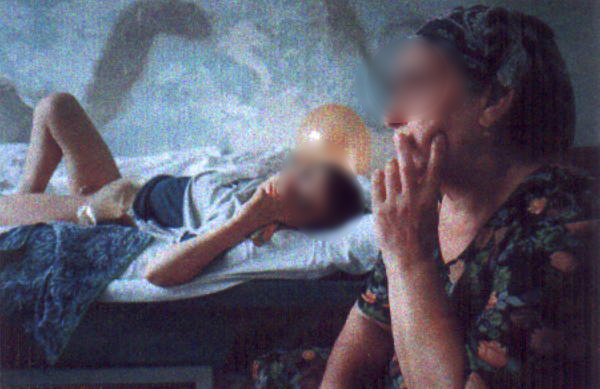
NEDC document 32093 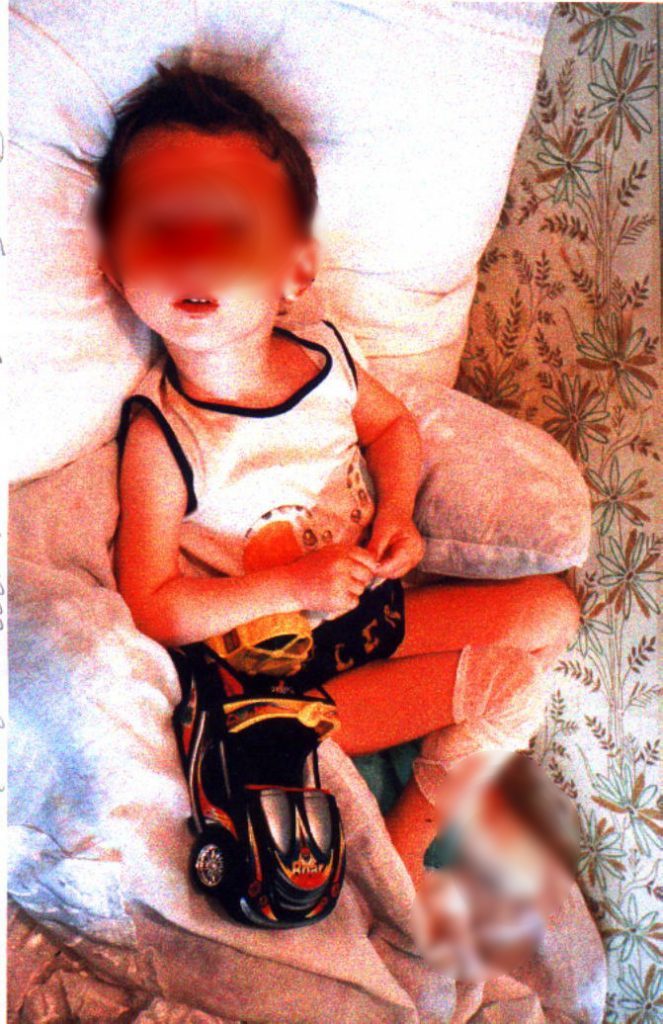
NEDC document 32086 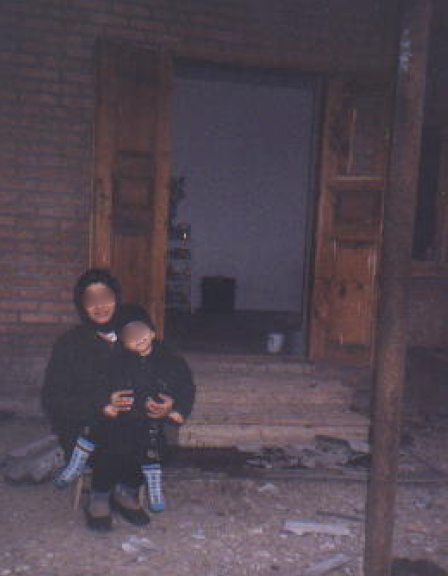
NEDC document 28085 
NEDC document 31550
References
[1]Red Cross and Red Crescent Magazine, Children and War, September 2003, https://www.icrc.org/ru/doc/resources/documents/misc/children-in-war-publication-131003.htm.
[2]UN General Assembly, Report of the Special Representative of the Secretary-General for Children and Armed Conflict, July 2016, A/71/205, https://undocs.org/ru/A/71/205.
[3]The Database mainly contains information about violations committed during the period of the second armed conflict that started in 1999. However, it also contains sporadic facts recorded during the first armed conflict.
[4]Incident № 2287 «Bombing of Elistanzhi, October 1999».
[5]Incident № 3369 «The killing of three teenagers in the village of Tsa-Vedeno, December 2000».
[6]Some victims were subjected to many violations at the same time or for a period of time. The chart shows the most common violations against victims.
[7]Incident № 3921 «The murder of an 11-year-old boy in Kurchaloy, June 2001».
[8]Victim №№ 42853, 42861.
[9]Document № 27573.
